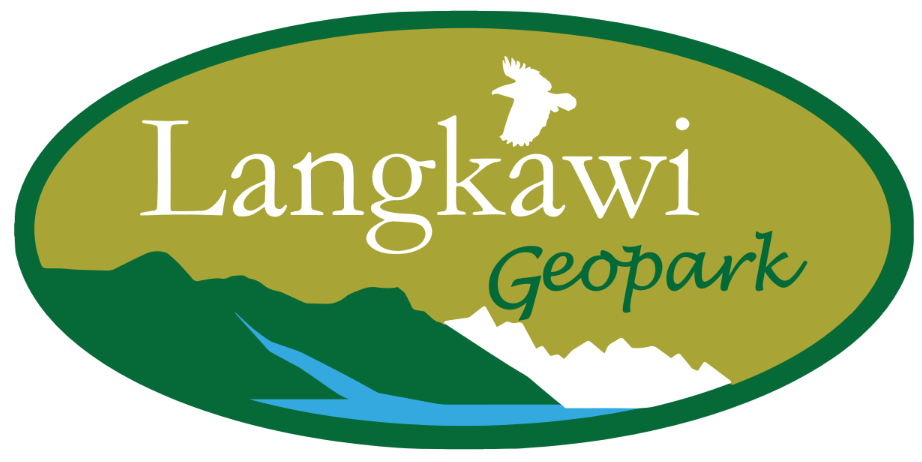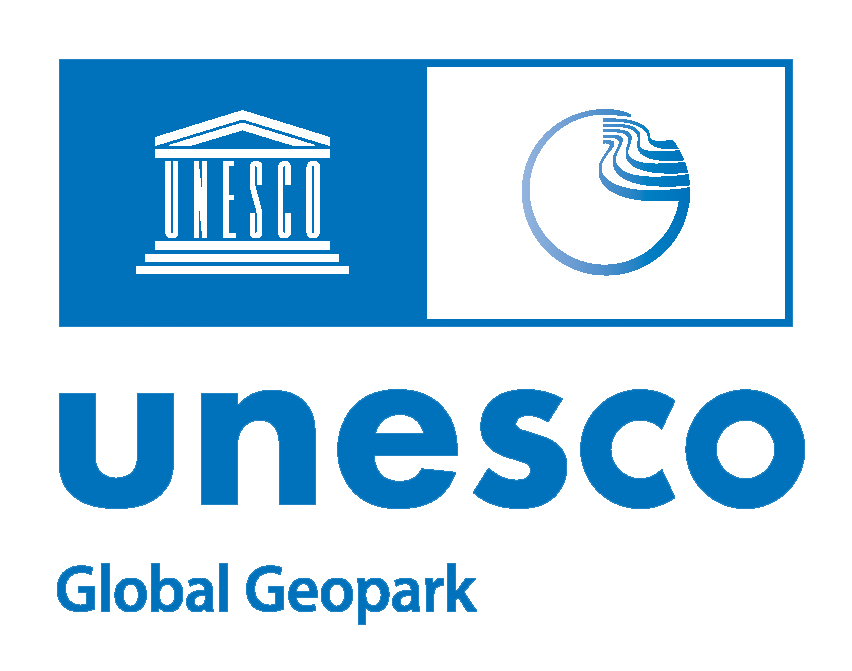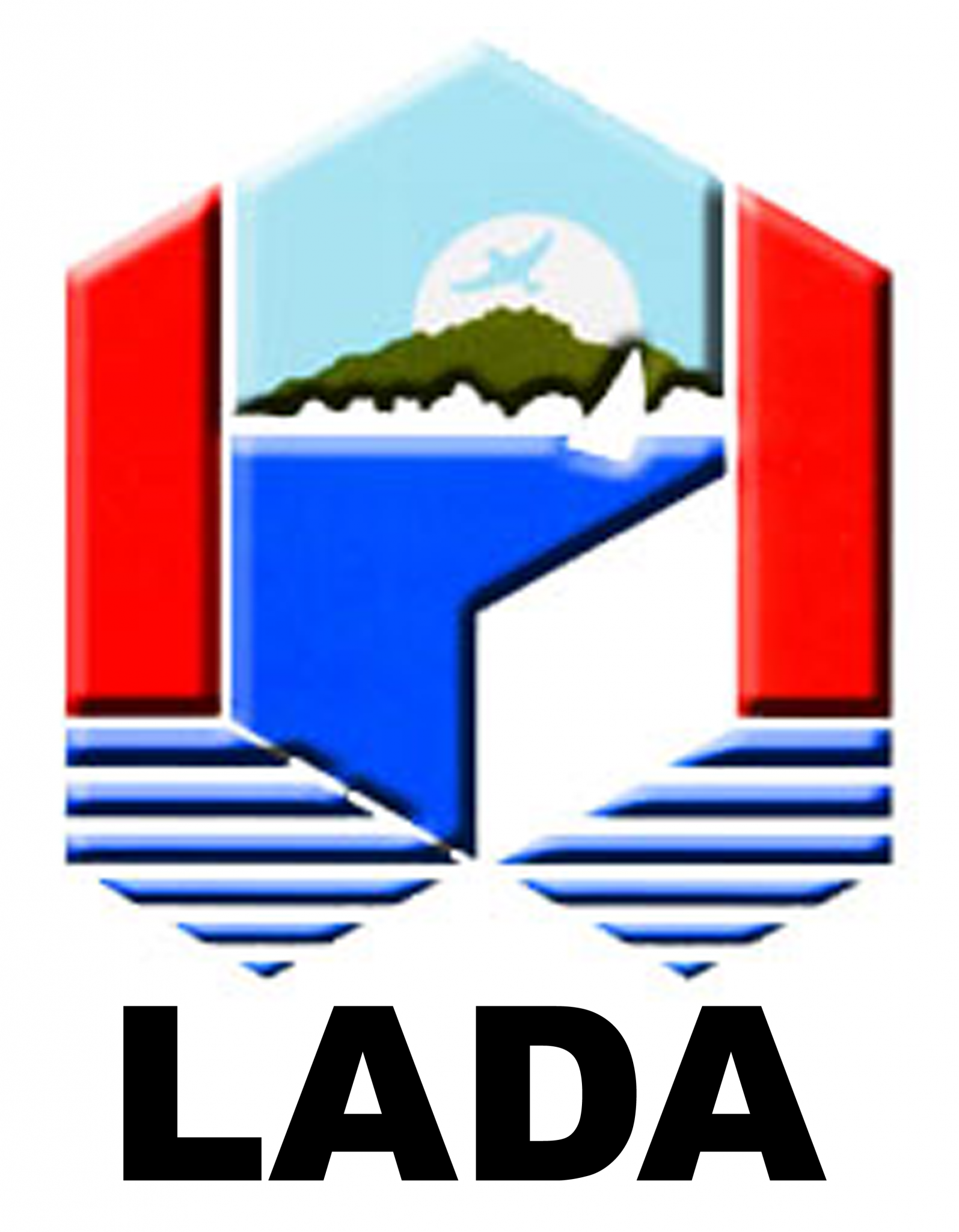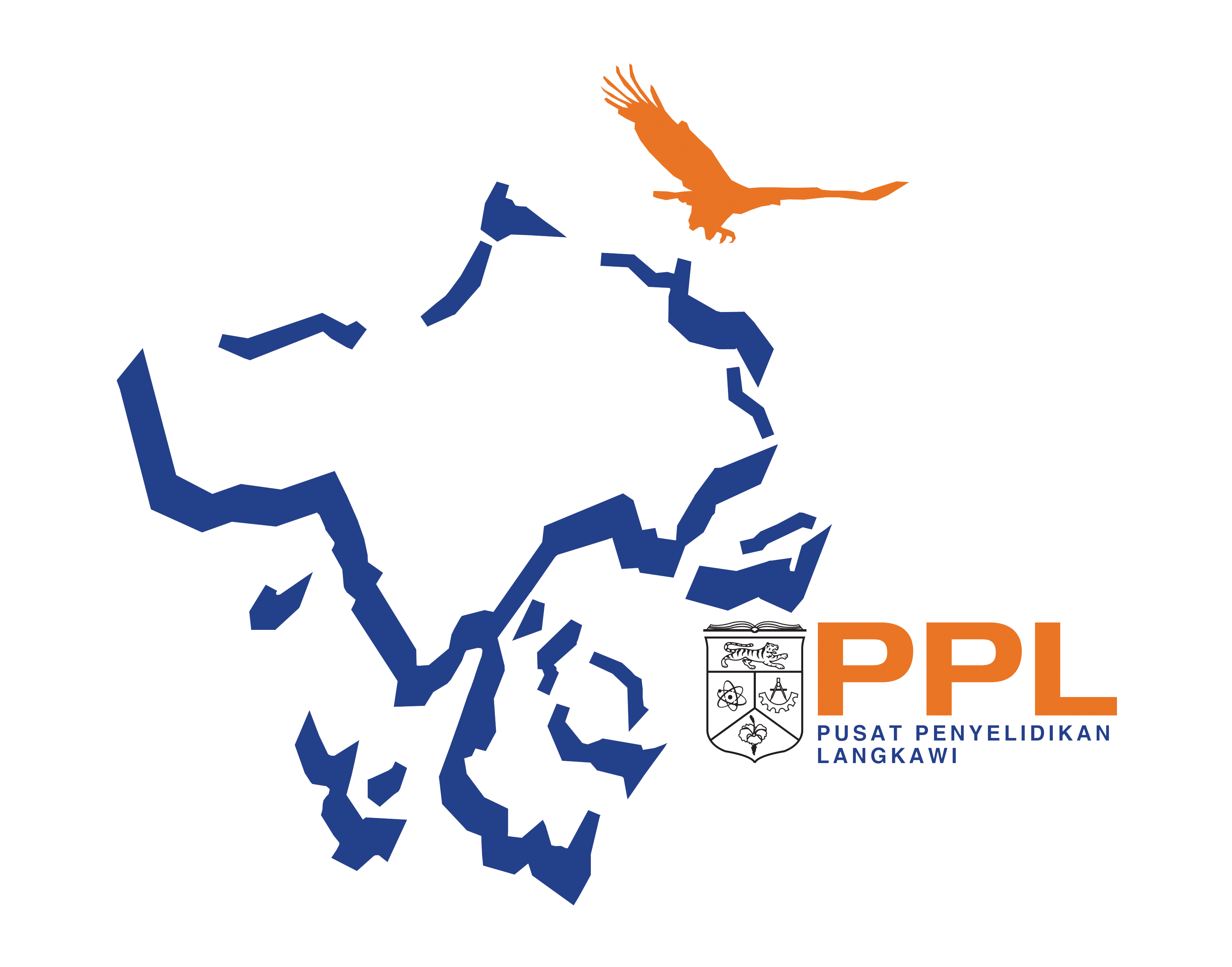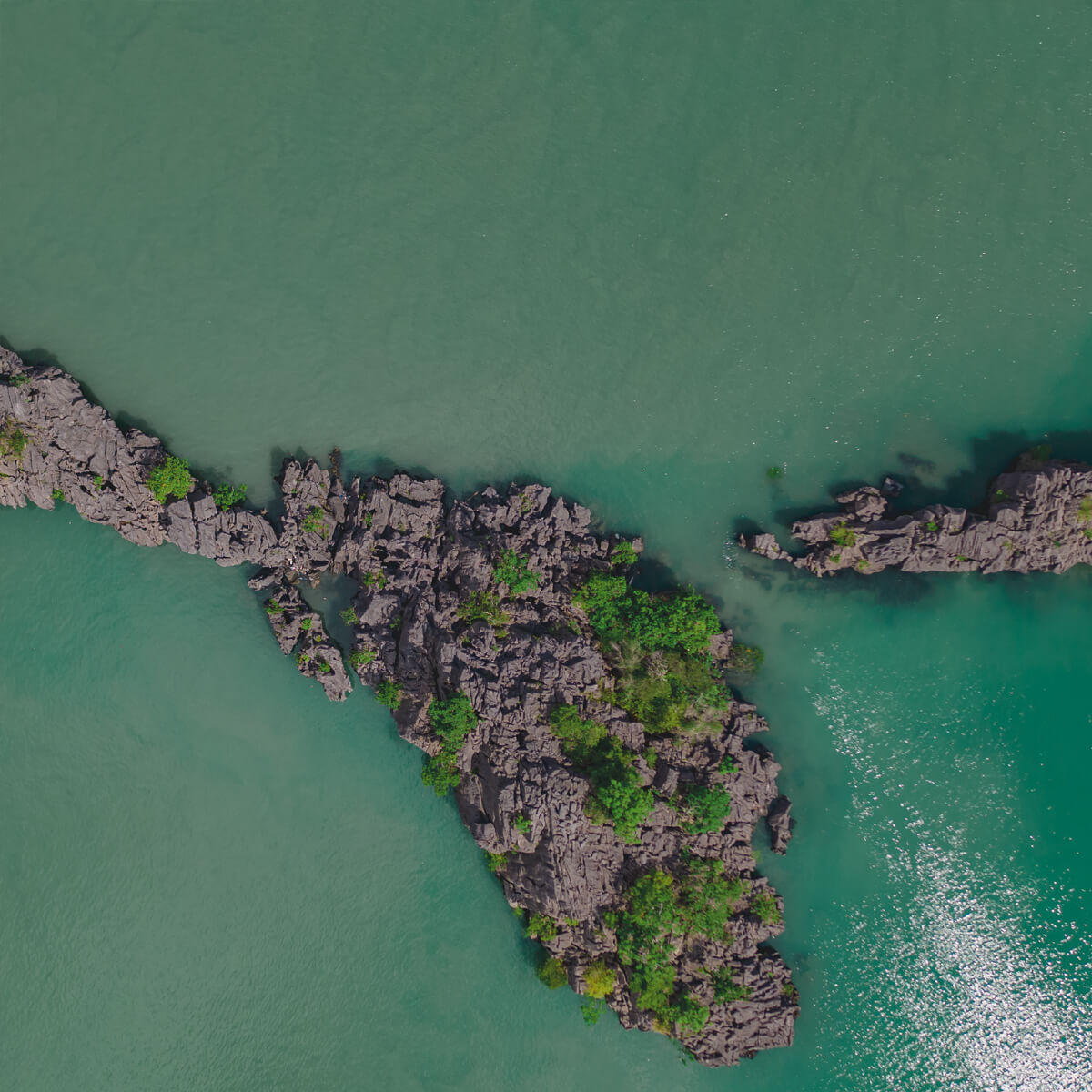
PULAU ANAK TIKUS FOSSIL GEOSITE
This geosite is a small island located within the Kilim Karst Geoforest Park, in the north-west of Langkawi. The island represents the lower layers of Setul Formation limestone aged Ordovician to Devonian (505-390 million years), which is very rich in fossils. Here, ordinary people can easily find fossils old snails (gastropods) and ancient squids (cephalopods). Among the fossil species are Malayaspira rugosa, Teischispira kobayashi and Helicotoma jonesi. It is not easy to become a fossil. Only one for every 125,000 living species could be a fossil.
Several things must happen first, such as die in the right sediment with no oxygen and no decay, exchanging soft tissues with minerals that hardens over time, avoid being destroyed by the earth’s processes, and lastly be incredibly lucky to be found and recognised. All the fossils here have been extinct from the face of the earth for hundreds of millions of years ago. The present snails and squids are different although the ancient ones look similar. The island is ideal for geotourism activities, particularly the public education of the ancient (fossil) life and the important historical development of life on earth. Those who are lucky can even see the IndoPacific dolphins in the waters here.
